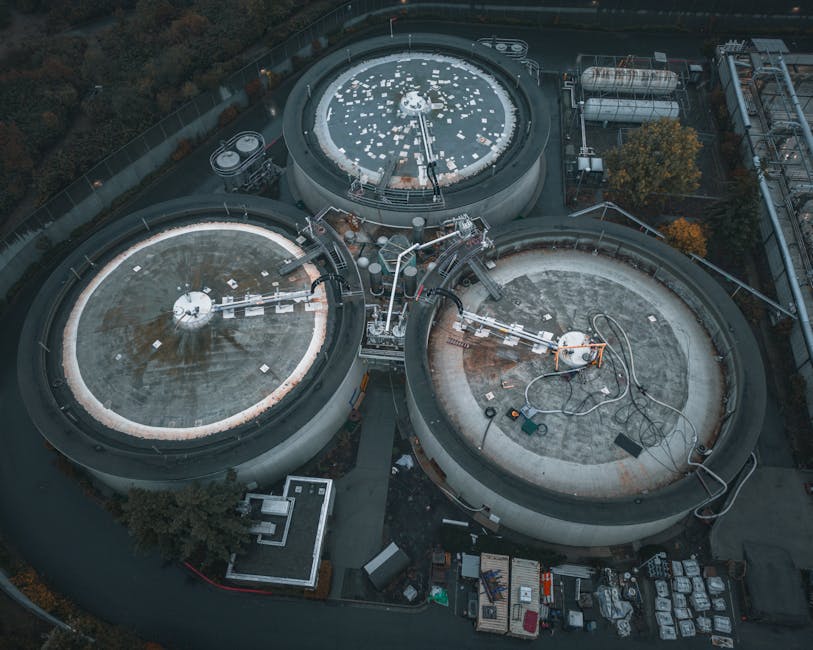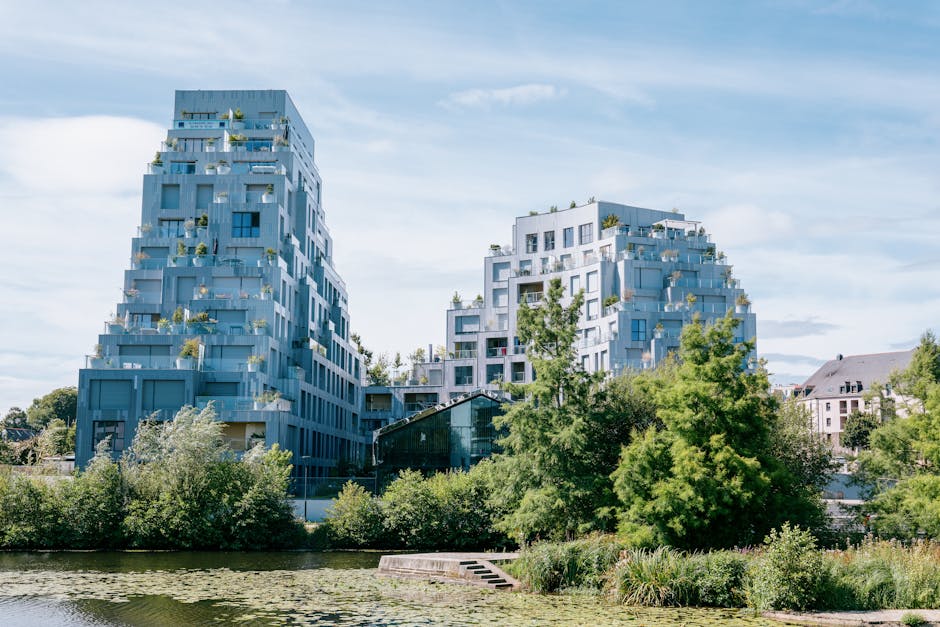The Art of Facility Planning: Optimizing Workspace for Success
“Explore the critical role of facility planning in creating efficient, sustainable, and employee-friendly workspaces. Learn about key elements, challenges, and emerging trends that shape the future of workplace design and management. ”

The Art of Facility Planning: Optimizing Workspace for Success
In today's dynamic business landscape, the importance of strategic facility planning cannot be overstated. As organizations strive to create efficient, productive, and employee-friendly workspaces, facility planning has emerged as a critical element in fostering operational excellence and driving overall business success.

Understanding Facility Planning
Facility planning is the systematic process of designing, organizing, and configuring physical spaces to support various functions within an organization effectively. It involves the strategic allocation of resources and space to ensure smooth operations, considering factors such as workflow optimization, equipment placement, safety regulations, and future scalability.
At its core, facility planning aims to create an environment that fosters operational efficiency, productivity, and a conducive work atmosphere. This process requires a deep understanding of the organization's specific requirements and objectives, as well as an ability to anticipate future needs and industry trends.
Key Elements of Effective Facility Planning
1. Identifying Facility Requirements
The first step in successful facility planning is to clearly identify the organization's needs. This involves assessing operational requirements, employee comfort needs, and legal obligations. Whether it's large production rooms for manufacturing units or open office spaces that foster creativity for startups, understanding these requirements sets the foundation for an effective facility plan.
2. Assessing Existing Facilities and Infrastructure
A critical evaluation of existing structures is essential to identify efficiencies, deficiencies, and potential areas for improvement. This assessment should consider factors such as space utilization, energy efficiency, and any recurring issues or complaints about specific areas.
3. Designing Optimal Layout and Space Allocation
The heart of facility planning lies in mapping out every inch of available space, considering the flow of workers, equipment, and materials. This step involves balancing aesthetic appeal with functional efficacy, addressing aspects such as privacy, collaboration, security, and employee comfort.

4. Incorporating Safety and Security Measures
Safety and security should never be afterthoughts in facility planning. From hygiene standards and fire-safety compliance to robust cybersecurity measures, these elements are crucial for ensuring uninterrupted operations and protecting both employees and assets.
5. Embracing Sustainability and Green Practices
Incorporating sustainable design elements and green practices is not just environmentally responsible; it can also lead to significant cost savings and improved employee well-being. This might include energy-efficient systems, recyclable materials, or even rooftop gardens.
The Facility Planning Process
- Gathering Data and Conducting Needs Assessment: Collect comprehensive information about the organization's current and future needs.
- Establishing Goals and Objectives: Define clear, measurable objectives aligned with the organization's strategic vision.
- Developing a Comprehensive Facility Plan: Create a detailed document outlining all aspects of the facility plan, including timelines and budgets.
- Obtaining Stakeholder Input and Approvals: Engage key stakeholders early in the process to refine plans and secure necessary approvals.
- Implementing the Plan: Execute the facility plan, including any necessary construction or renovations.
- Monitoring and Evaluating Effectiveness: Continuously assess the plan's performance against established goals and make adjustments as needed.
Leveraging Technology in Facility Planning
Technology plays an increasingly crucial role in modern facility planning. Advanced software tools for space planning and visualization, such as those offering interactive floor maps, enable more precise and efficient planning processes. These tools allow facility managers to visualize layouts, track occupancy, and make data-driven decisions about space utilization.
Additionally, the Internet of Things (IoT) has revolutionized facility management by enabling real-time monitoring of various systems, from energy usage to security. This technology facilitates proactive maintenance and helps optimize resource allocation.

Challenges and Future Trends in Facility Planning
While facility planning offers numerous benefits, it also comes with its share of challenges. Budget constraints, rapidly changing technology trends, and the need to balance flexibility with long-term goals are just a few of the hurdles facility planners face.
Looking ahead, several trends are shaping the future of facility planning:
- Flexible and Adaptable Spaces: The rise of hybrid work models is driving demand for more flexible workspaces that can accommodate both in-office and remote workers.
- Emphasis on Employee Well-being: Designs that prioritize employee health and comfort, including biophilic elements and wellness areas, are gaining prominence.
- Sustainability Focus: Green building practices and energy-efficient systems are becoming standard in facility planning.
- Data-Driven Decision Making: Advanced analytics and AI are enabling more informed and precise facility planning decisions.
Conclusion: The Strategic Importance of Facility Planning
Effective facility planning is more than just allocating space; it's about creating environments that enhance productivity, foster innovation, and contribute to overall organizational success. By embracing strategic facility planning, organizations can create workspaces that not only meet current needs but are also adaptable to future challenges and opportunities.
As the workplace continues to evolve, facility planning will play an increasingly critical role in shaping the future of work. By staying informed about emerging trends, leveraging technology, and prioritizing employee needs, organizations can create facilities that drive efficiency, satisfaction, and sustainable growth.

In an era where the physical workspace significantly impacts organizational performance, mastering the art of facility planning is not just beneficial—it's essential for long-term success in the modern business world.